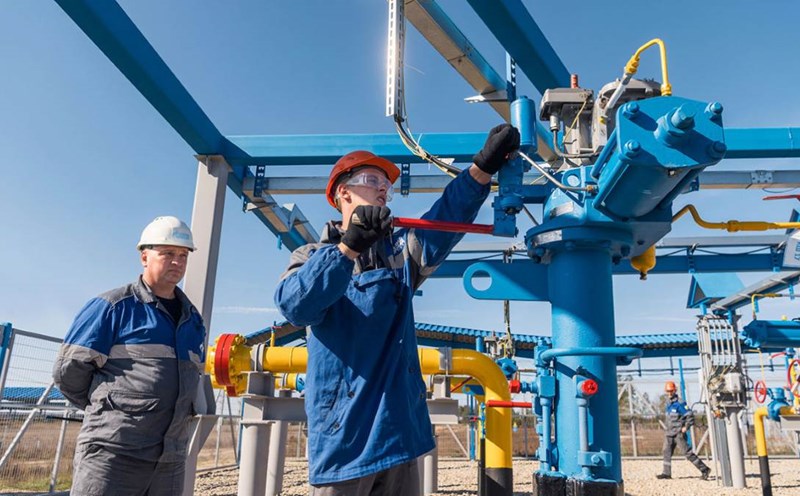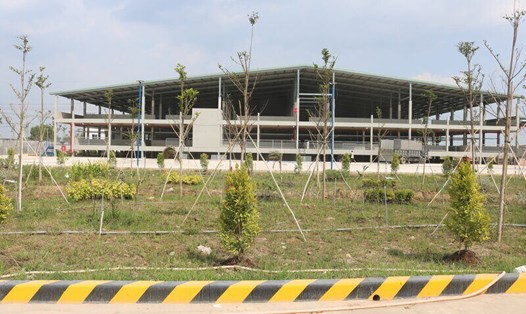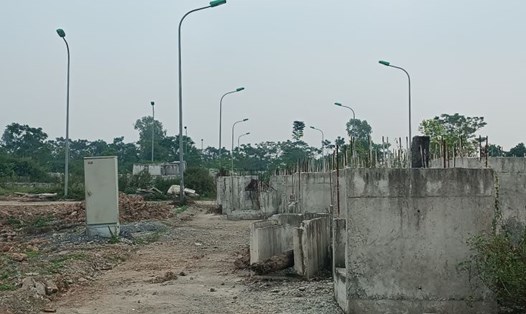These last days of the year, Mr. Nguyen Minh Tien - a trader at a concentrated industrial slaughterhouse in Hoc Mon district (HCMC) is completing some work to transfer cattle to a manual slaughterhouse in Duc Hoa district (Long An).
Mr. Tien made this decision to change direction because manual slaughtering of cattle costs less, and on the other hand, controlling slaughter at manual facilities is also "easier" than at industrial slaughterhouses. According to Mr. Tien, at the end of the year, especially during Tet, the number of pigs slaughtered will increase, so the cost of slaughtering will also increase. Therefore, switching to manual slaughter in neighboring provinces, then transporting the meat back to Ho Chi Minh City for consumption will be more profitable.
Similar to Mr. Tien, another trader who is carrying out industrial livestock slaughtering at a centralized industrial slaughterhouse in Cu Chi district (HCMC) is also planning to move to a manual slaughterhouse in Long An province.
"Manual slaughtering reduces the strict process compared to industrial slaughtering, while the cost is lower and it is still sold at wholesale markets in Ho Chi Minh City as industrial slaughtering" - this trader said.
Ms. Nguyen Thi Hong Tham, Director of An Ha Industrial Slaughterhouse, said that in order to keep traders at the industrial slaughterhouse, the factory had to reduce the industrial slaughterhouse fee to the same level as the manual slaughterhouse fee, causing the factory to incur a monthly loss of billions of dong.
According to Ms. Tham, since the factory started operating, the number of traders registered to move to industrial slaughter at the facility is less than 1/3 of the factory's slaughter capacity (only 1,000 pigs/day and night, while the factory's capacity is 3,000 pigs/day and night).
The fact that many traders plan to move to neighboring localities such as Long An to manually slaughter, then transport the meat back to Ho Chi Minh City for consumption, is leading to a paradox: Ho Chi Minh City has closed all manual slaughterhouses, but still receives pork from manual slaughterhouses from neighboring provinces for consumption.
A representative of another industrial slaughterhouse said that Ho Chi Minh City is currently the first locality in the country to implement the policy of industrial slaughter, while other provinces and cities are still slaughtering manually. While the cost of industrial slaughter is currently higher than manual slaughter, the reality is that many traders are moving to other provinces to slaughter manually, then transporting meat back to Ho Chi Minh City, which is very large, especially during the upcoming Tet holiday.
Therefore, Ho Chi Minh City needs solutions to ensure food safety from manual slaughterhouses, as well as protect the legitimate rights of industrial slaughterhouses that comply with the city's policies.











